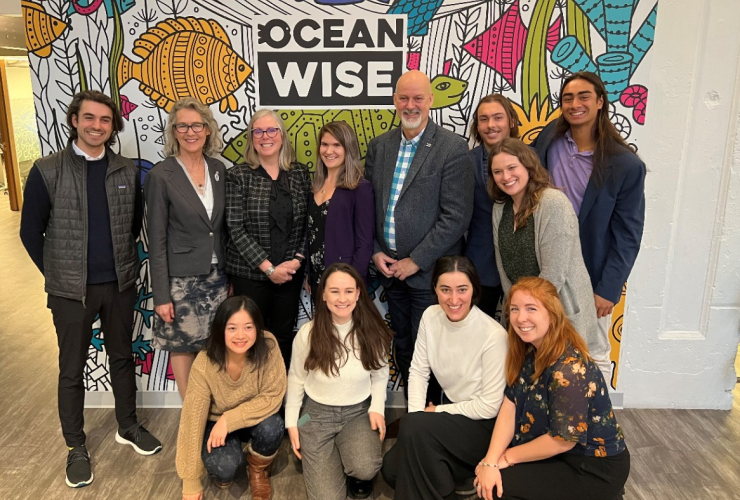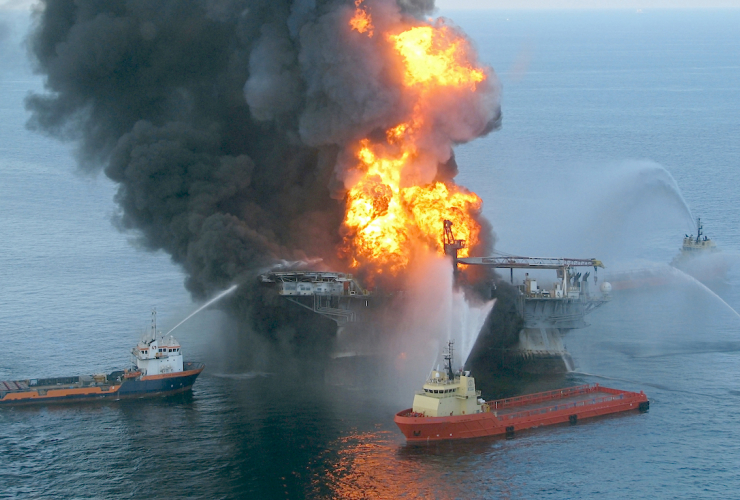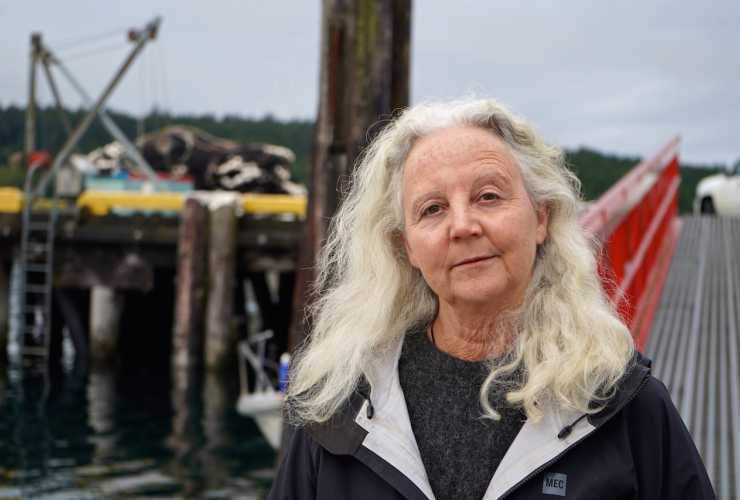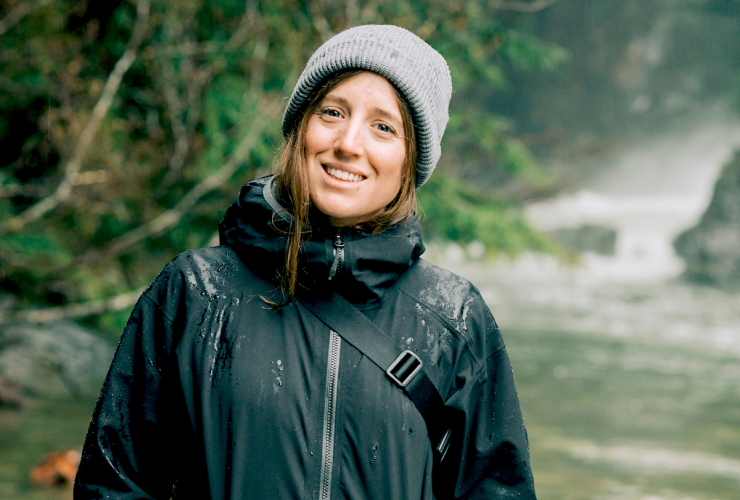Critics and supporters of West Coast fish farms are at odds over a recent Fisheries and Oceans Canada (DFO) study suggesting sea lice infestations among juvenile wild salmon aren’t strongly tied to aquaculture operations.
Using industry-reported data, the aquaculture division of DFO analyzed the likelihood that sea lice from salmon farms are causing sea lice outbreaks in wild fish in four areas on the coast.
There’s a trend showing a positive relationship between the amount of sea lice on farms and on juvenile chum and pink salmon in those areas between 2016 and 2021, but it’s “statistically insignificant,” the study said.
This “insignificance” suggests sea lice on juvenile migrating salmon can’t be solely explained by the infestation levels on farms in Clayoquot Sound, Quatsino Sound, Discovery Islands, and the Broughton Archipelago.
The BC Salmon Farmers Association (BCSFA) hailed the study as proof that lice found on salmon in farms don’t impact levels found on juvenile wild salmon across B.C.
Fish farm opponents are critical of the timing of the report, its reliance on industry data, and its failure to reference numerous regional studies indicating strong links between farms and sea lice on wild salmon.
The report itself noted the research isn’t definitive but contributes to further assessment of the risk farmed lice pose to wild salmon. The report also concludes better health monitoring of wild salmon is needed along with more work to address key uncertainties and assumptions of the analysis.
DFO’s public release of the study on Jan. 19 is highly suspicious given federal Fisheries Minister Joyce Murray is expected to announce a final decision on fish farms in the Discovery Islands any day now, said activist and biologist Alexandra Morton.
Due to a court ruling, Murray was forced to review the ministry’s 2020 decision to phase out 19 fish farms in the waters near Campbell River.
The study was approved by DFO in August. By releasing the sea lice report now, it seems the fish farm industry and DFO’s aquaculture division hope to influence the public and minister about the pending decision, Morton said.
“The whole technique is extremely clumsy,” she said.
Morton insisted the study ignores a host of recent independent research in B.C. that shows strong relationships between fish farms and lice on wild salmon. The paper’s review panel involved DFO scientists and a single international scientist.
“These conclusions are opposite to the findings of a number of major universities in Canada that have been involved in this work for 25 years,” she said.
Most of the fish farm data used in the study isn’t publicly available and the reported lice counts on farms are conducted by its employees, Morton said, adding some research indicates companies undercount the lice.
When DFO is on-site, industry sea lice counts increased, on average, by 20 per cent for one species of sea lice and nearly doubled for other species, a Simon Fraser University study found.
While the DFO’s own study found a weak association between farm lice impacting wild salmon, it noted another paper in the Muchalat Inlet that used 10 years of data found a significant association between lice on farms and wild fish being infected.
And a study in the Broughton Archipelago found infestations on farmed and wild salmon were correlated within 30 kilometres.
The fish farm data it used offered researchers the opportunity to analyze four different areas from 2016 to 2021, numerous farms, lice counts and wild salmon sample locations, the DFO study said.
The average prevalence of lice impacting wild salmon varied by year and sampling area. But across the time frame, the average level of lice on wild salmon was highest on chum salmon in Clayoquot Sound and lowest on chum and pink salmon in the Discovery Islands.
The study is a confirmation that hard work by the fish farm Industry is paying off, BCSFA said.
Salmon farmers are subject to stringent DFO regulations and take measures to minimize sea lice transmission from farmed to wild salmon and employ a range of treatment tools to tackle lice in their operations, the association said.
“As a sector, we continue to improve and innovate to ensure that our operations have minimal impact on the surrounding ecosystem,” said Brian Kingzett, BCSFA executive director.
There is uncertainty tied to some of the assumptions of the analysis, the report said.
For example, wild salmon sampling sites may not be where farmed or wild fish lice infestations occurred. The study also didn’t include the influence of ocean water movement near farms and the occurrence of non-farm sources of sea lice.
The study did not elaborate on the level of uncertainty associated with its assumptions or how it may have influenced its conclusions.
Rochelle Baker / Local Journalism Initiative / Canada’s National Observer
"The study is a confirmation
"The study is a confirmation that hard work by the fish farm Industry is paying off, BCSFA said. "
Yeah, I'd agree with that much. Hard work at capturing the regulator, that is.
Just more spin from a
Just more spin from a irresponsible dishonest industry denying reality with an incompetent misleading government departments enabling.







Comments